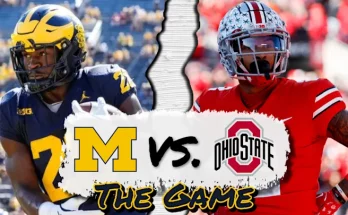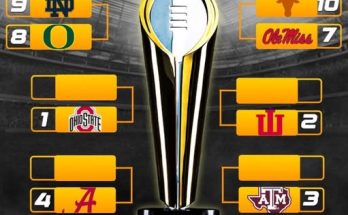The 1993-94 Phoenix Suns were a team that embodied the essence of high-octane basketball, blending star power, relentless offense, and a never-say-die attitude that made them one of the most exciting teams of the decade. Led by the indomitable Charles Barkley and the lightning-quick Kevin Johnson, the Suns soared to 56 wins under the guidance of head coach Paul Westphal, cementing their place as one of the elite teams in the NBA. Though their playoff run ended in heartbreak, the journey was a testament to their resilience, talent, and the sheer entertainment they provided night after night.
The Suns entered the 1993-94 season with lofty expectations. The previous year, they had come agonizingly close to an NBA championship, falling to Michael Jordan’s Chicago Bulls in a thrilling six-game Finals series. With Barkley winning the MVP award and the team establishing itself as a powerhouse, the pressure was on to replicate—and ultimately surpass—that success. The offseason saw some changes, including the departure of key role players like Richard Dumas due to off-court issues, but the core of Barkley, KJ, and Dan Majerle remained intact, ensuring continuity and chemistry.
From the opening tip-off, the Suns showcased their explosive offensive capabilities. Barkley, despite battling injuries throughout the season, was a force of nature. His combination of brute strength, agility, and basketball IQ made him nearly unguardable. Whether bullying defenders in the post, crashing the boards, or stepping out to hit mid-range jumpers, Sir Charles was the engine that drove the Suns. He averaged 21.6 points, 11.2 rebounds, and 4.6 assists per game, numbers that underscored his all-around brilliance. Though his scoring dipped slightly from his MVP campaign, his leadership and presence were as vital as ever.
Kevin Johnson, the Suns’ dynamic point guard, was the perfect complement to Barkley. KJ’s speed and ability to penetrate defenses kept opponents on their heels, and his playmaking (averaging 7.8 assists per game) ensured the offense hummed smoothly. Despite missing 18 games due to injuries, Johnson’s impact was undeniable. His chemistry with Barkley in the pick-and-roll was a thing of beauty, and his clutch performances in tight games solidified his reputation as one of the league’s premier guards. Alongside him, Dan Majerle continued to thrive as the team’s sharpshooter and defensive stalwart. “Thunder Dan” averaged 16.5 points per game while often drawing the toughest perimeter defensive assignments, earning All-Defensive Second Team honors for his efforts.
The Suns’ supporting cast was equally instrumental in their success. Danny Manning, acquired mid-season in a trade with the Clippers, added versatility and scoring punch off the bench. Oliver Miller provided energy and rebounding in the frontcourt, while A.C. Green brought veteran leadership and his trademark durability. Rookie guard Wesley Person showed flashes of his potential as a deadly three-point shooter, a skill that would become his calling card in the years to come. The depth of the roster allowed Westphal to mix and match lineups, keeping opponents guessing and maintaining a relentless pace.
Offensively, the Suns were a nightmare to defend. They averaged 110.5 points per game, second in the league, and their fast-break attack was a spectacle. Whether it was KJ pushing the ball up the floor, Barkley leading the break like a freight train, or Majerle spotting up for transition threes, the Suns thrived in chaos. Their half-court offense was equally potent, with Barkley’s post play creating double teams that opened up opportunities for their shooters. The team’s unselfishness and ball movement were key, as they ranked among the league leaders in assists per game.
Defensively, the Suns were solid if not spectacular. They didn’t have the lockdown reputation of teams like the Knicks or Bulls, but they made up for it with effort and athleticism. Majerle’s perimeter defense was a cornerstone, and Barkley’s rebounding ensured opponents rarely got second chances. Westphal emphasized transition defense to prevent easy buckets, and the team’s ability to turn defense into offense was a hallmark of their identity.



